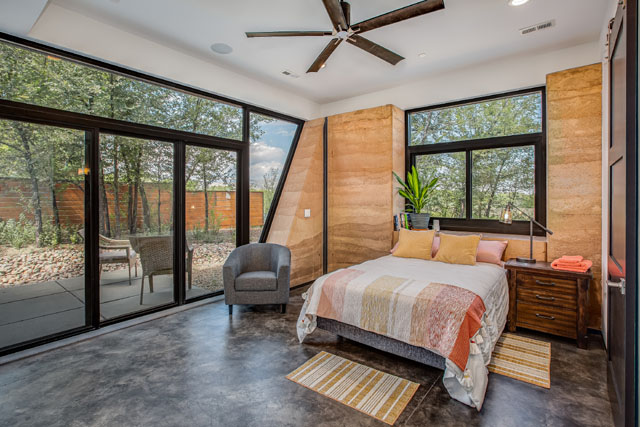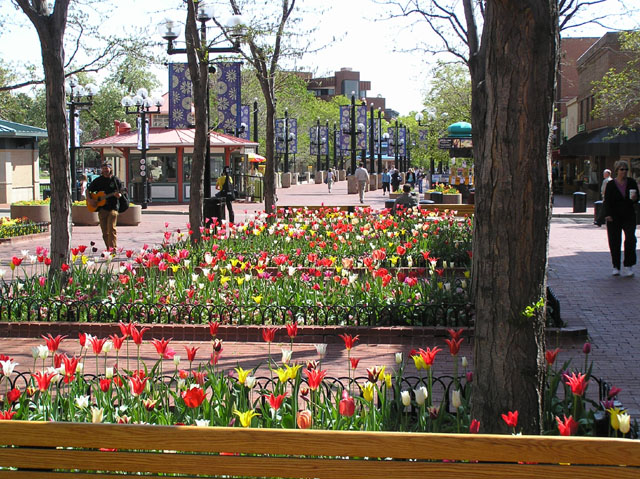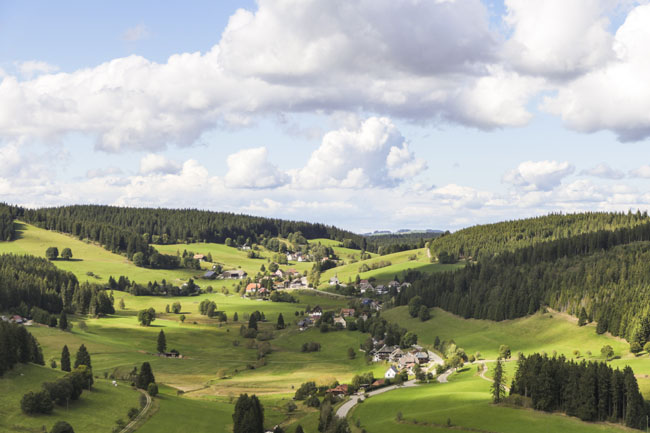From the Ground Up
22 May 2023
Earthen construction—the oldest building method around—is getting a fresh look
By HOLLY BOWERS

Trends come back into vogue all the time, as the proliferation of 1990s fashion proves. But one homebuilding trend that’s resurging in popularity, goes back much longer than decades. Much, much longer.
Earthen construction is one of humankind’s oldest home-building methods, in use for tens of thousands of years. Here in Colorado, the earthen cliff dwellings at Mesa Verde have stood since the 1190s.
Today, earthen construction is getting a second look for a number of reasons.
First, it’s resilient. In the wake of the Marshall Fire, that’s an attractive prospect for homeowners building along the Front Range. Research from the University of California, Davis has shown that properly engineered earthen homes can withstand natural disasters, from category 5 hurricanes to 2,200-degree fires. It’s built to last, as the Great Pyramid of Giza and the Great Wall of China demonstrate.
For sustainability-minded homeowners, earthen construction is more economically friendly than a typical build with fabricated materials. It helps with temperature control, reducing energy costs in both summer and winter.
The construction industry accounts for around 40 percent of global greenhouse gas emissions, and much of that comes from the embodied emissions of building materials like concrete. That’s not an issue for earthen construction, which is made of, well, dirt.
“Rammed earth is one of the few materials that is sustainable, structural, functional and happens to look really cool,” says Brett Fitzgerald, who co-founded Longmont-based EarthBuilt Associates with Hutch Monteson in 2012. Fitzgerald and Monteson work with homeowners to create beautiful rammed earth homes for clients along the Front Range.
“Aesthetics and texture – people love the way it looks and feels,” Fitzgerald says. That’s a big reason for the uptick in interest that EarthBuilt Associates has seen in recent years, from both homeowners and the commercial sector, including an interior rammed earth wall for the Vanity Fair headquarters in downtown Denver.
Rammed earth is a mixture of damp earth (usually sand, gravel, clay and a stabilizer like cement), that is put into a wall frame and then compressed with a pneumatic tamper. That process is repeated until the walls—which will be around 2 feet thick when completed—can stand without a frame.
If you’re interested in earthen construction, it’s important to work with a team of experienced designers and engineers who understand the particularities of earthen homes. A pro team can also answer all your questions, like whether an earthen home will erode (the answer is no, if they’re sealed properly), crack (earthen material may contract a tiny bit when it finishes curing, but including control joints solves the issue) or shed dust (nope).
Labor might cost more because earthen builders are master crafters and have to undergo extensive training—but what they build stands the test of time.
Resources
Earthen Construction Options
Rammed Earth
Rammed earth is a mixture of damp earth (usually sand, gravel, clay and a stabilizer like cement) that is put into a wall frame and then compressed with a pneumatic tamper. That process is repeated until the walls—which will be around 2 feet thick when completed—can stand without a frame.
Earth Bricks
Another option is compressed earth bricks such as those produced by Colorado Earth in Golden. Colorado Earth’s ecoBlocks are made of dirt, crushed limestone and water compressed with a hydraulic press. Colorado Earth also provides design and architectural consulting services for homeowners interested in using its ecoBlocks.
Adobe
Adobe construction uses sun-dried earthen bricks. Colorado Earth makes adobe bricks out of the same material as its ecoBlocks, but pours the wet mixture into forms in the ground to dry. Super Adobe, a construction technique pioneered by California-based architect Nader Khalili, uses sandbags filled with wet earth and laid out in coils.
Cob
The name “cob” comes from Old English, but the technique has been used in many parts of the world for centuries. Cob builders mix clay with sand and straw and then sculpt the mixture into structures. Cob doesn’t perform very well as insulation, which could be difficult during cold winters. But it can be a great option for outdoor ovens, chicken coops, garden sheds and other structures.












